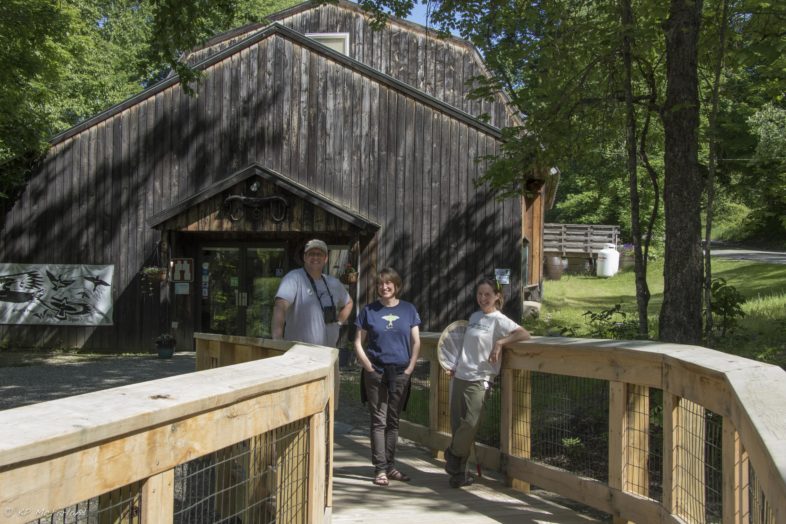
Kent McFarland, Erin Talmage (Executive Director Birds of Vermont Museum), and Sara Zahendra ready for a pollinator garden tour.
The Birds of Vermont Museum in Huntington has created pollinator gardens to attract and support bees, butterflies, flies and other insects. VCE’s Kent McFarland and Sara Zahendra visited the museum to talk about pollinators and plants with Executive Director Erin Talmage and Museum Educator Allison Gergely. The museum selected native and ornamental flowers that are attractive to both pollinators and gardeners. In this edition of Outdoor Radio, we talk about the wide variety of insects that benefit from these special gardens and how to create a pollinator paradise in your own garden.
Listen to the show
LEARN MORE ABOUT Gardening for Pollinators
- Birds of Vermont Museum
- Xerces Society Pollinator Gardens
- Join the Million Pollinator Garden Challenge
- Attracting Pollinators to Your Garden Using Native Plants from the US Forest Service
- The Pollinator Partnership
- Wild Pollinators and VT’s Food System
- Vermont Butterfly Survey
- Vermont Bumble Bee Atlas
- Contribute your pollinator sightings to iNaturalist Vermont, a project of the Vermont Atlas of Life
IMAGES FROM THE SHOW
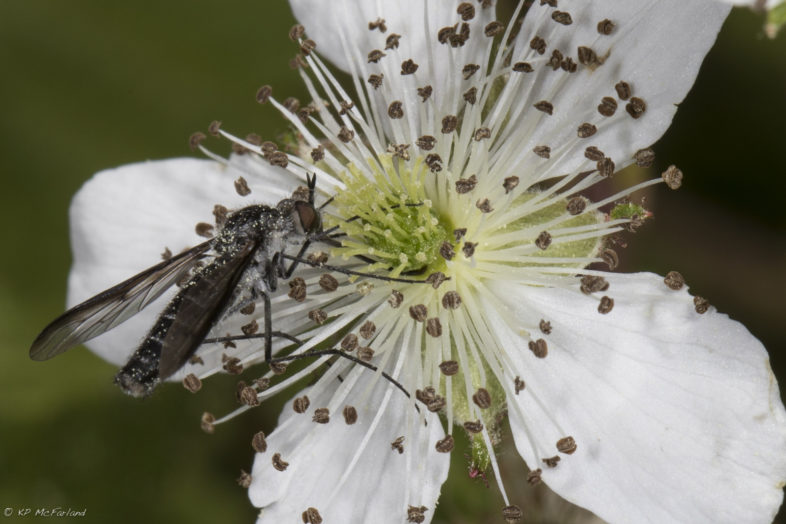
Not your typical pollinator, a Crane Fly (Infraorder Tipulomorpha) sips nectar from Black Raspberry. / © K.P. McFarland
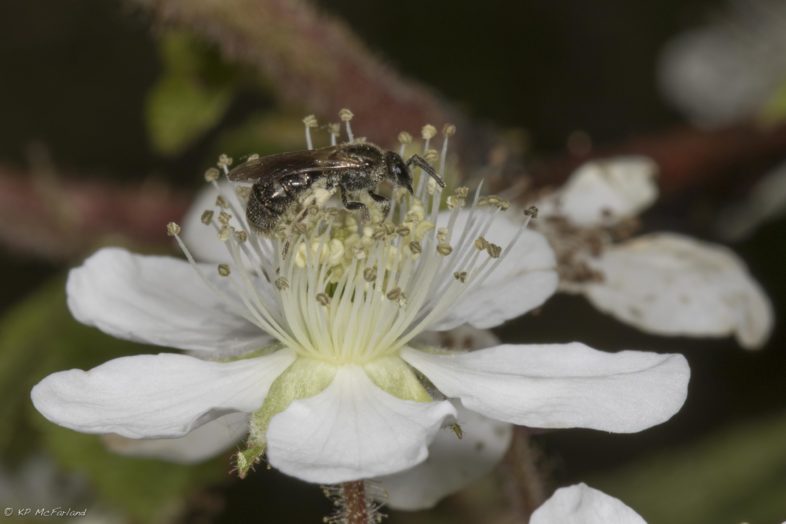
Base-banded Furrow Bee (Genus Lasioglossum), one of hundreds of native bees in Vermont, on a Black Raspberry flower. / © K.P. McFarland
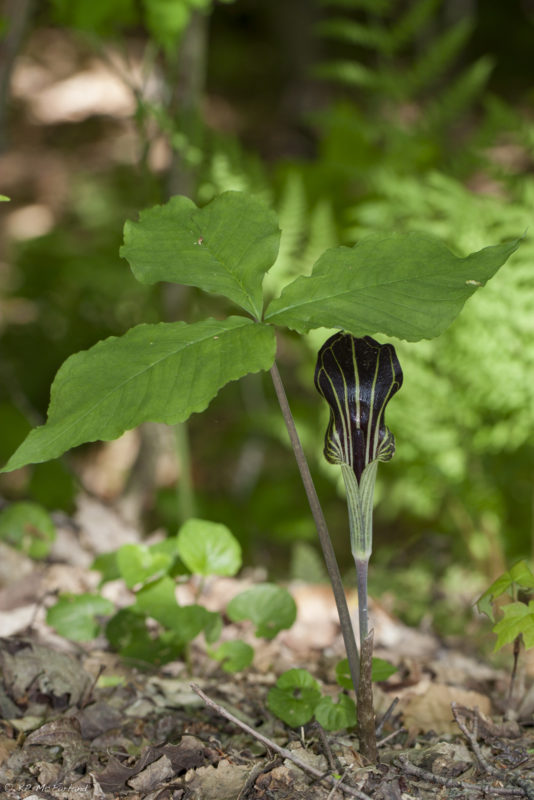
Jack-in-the-pulpit (Arisaema triphyllum) growing near the stream at the museum is pollinated by tiny Fungus Gnats. The flowers have a fungus-like smell that attracts them. The male flowers have a little slit at the bottom to let the flies out. Loaded with pollen they can repeat their mistake, falling into a female flower. But then they are trapped in the flower forever as there is no escape route.
Outdoor Radio is produced in collaboration with The Vermont Center For Ecostudies and is made possible in part by the Byrne Foundation. The program is recorded and produced by VPR chief audio engineer Chris Albertine.
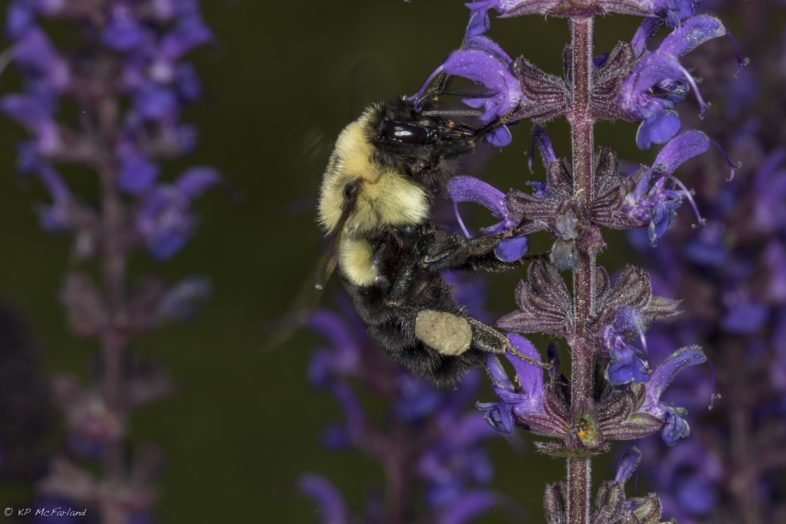
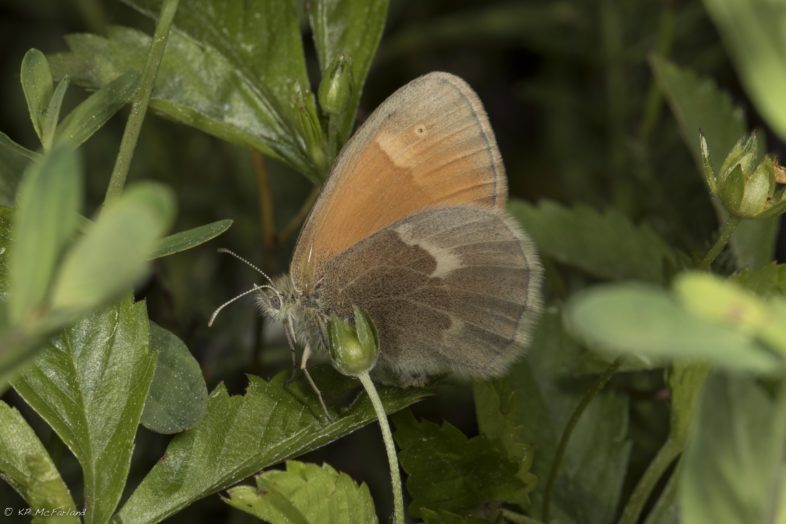
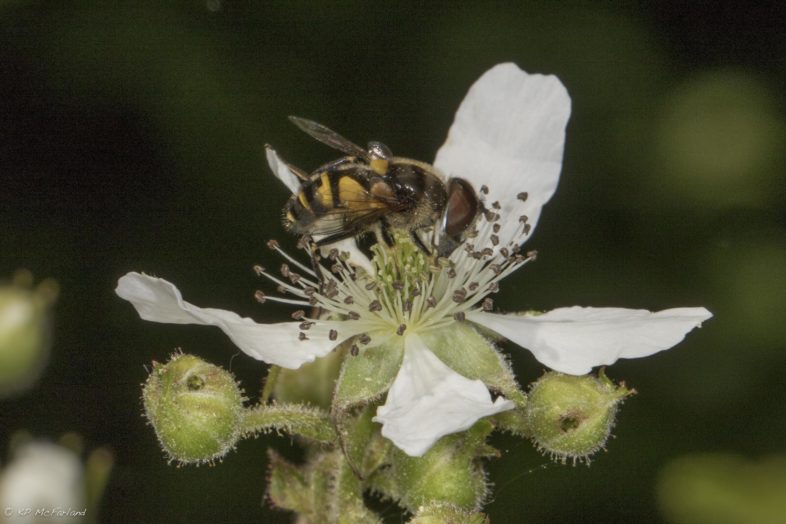
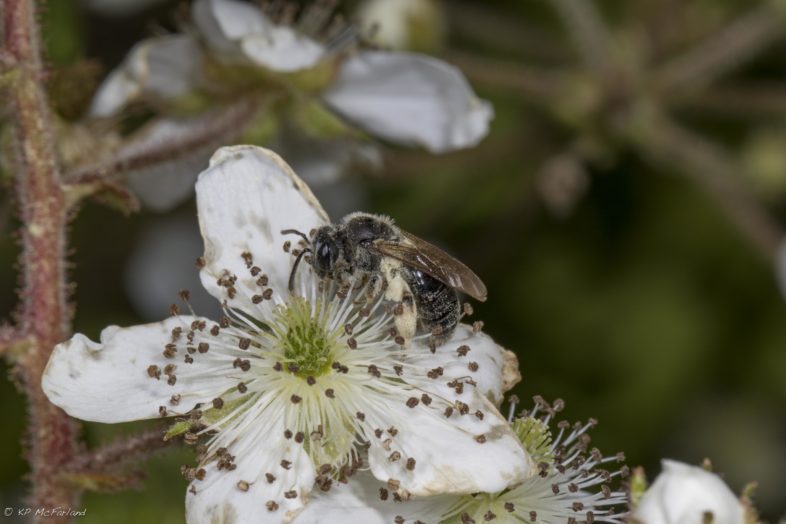
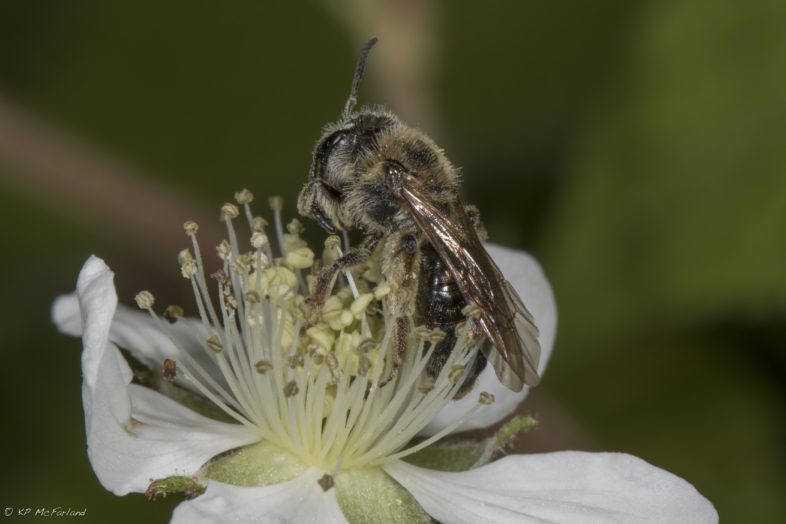
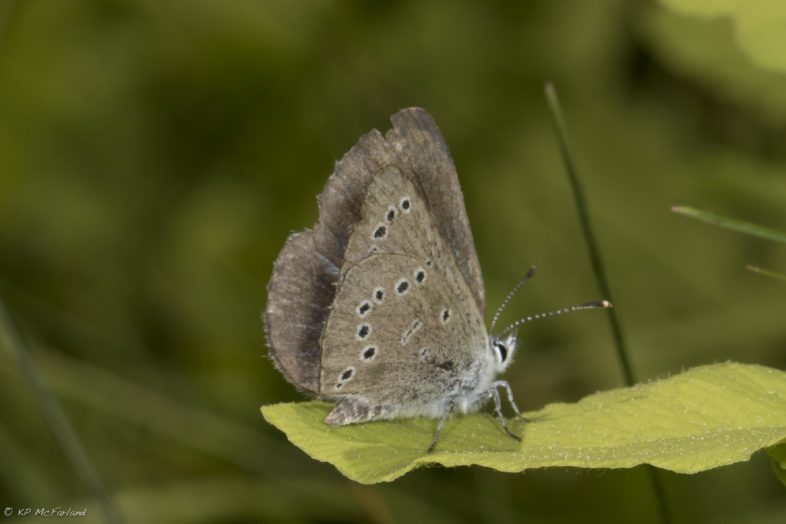
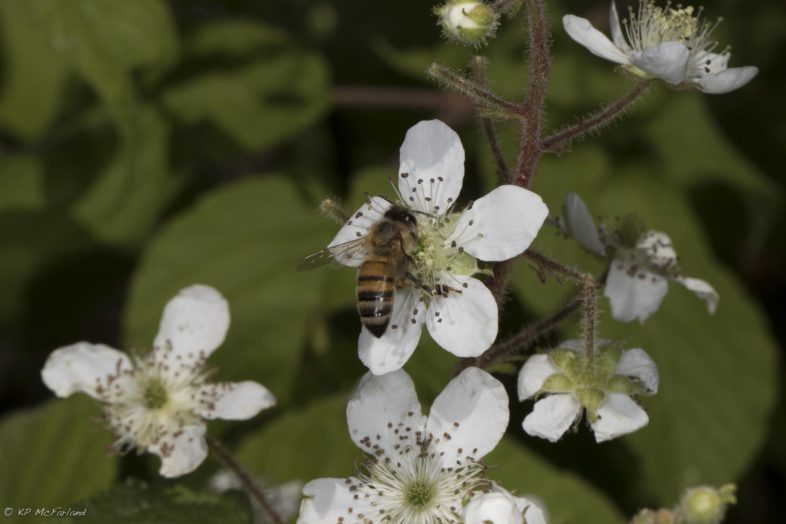

I’m writing to inquire about visiting your center this summer. Are there tours of the pollinator plants you have there? Thank you!
Hi Karianna,
VCE does not have a visitor’s center or pollinator garden. However, we encourage you to visit the beautiful grounds of The Birds of Vermont Museum after the snow melts! Visit their website (https://birdsofvermont.org/) for updates on hours of operation and visitor guidelines.